15 Luglio 2016
“La bellezza salverà il mondo”, diceva il principe Miškin ne L’idiota di Dostoevskij. Su questa profezia sembra voler riflettere la mostra Beauty—Cooper Hewitt Design Triennial, curata da Andrea Lipps e Ellen Lupton e allestita presso il Cooper Hewitt, Smithsonian Design Museum di New York fino al 21 agosto. L’intento è monumentale: proporre una panoramica esaustiva dei nuovi significati della bellezza, esponendo i lavori di oltre sessanta tra artisti, designer, stilisti e ricercatori. L’indagine si focalizza sul potere trasformativo dell’innovazione estetica e su cosa davvero significhi “bello” ai giorni nostri. Organizzata in un percorso che si snoda su due piani, la mostra è divisa in sette sezioni: stravagante, intricato, etereo, trasgressivo, emergente, elementare e trasformativo. Il format è multidisciplinare e coinvolge tutte le varianti della creatività, arrivando fino alla biologia. Tra i maestri della stravaganza c’è Giambattista Valli, con i suoi abiti soffici come nuvole, insieme all’hair artist Guido Palau, capace di realizzare pettinature ai limiti del possibile. A trattare l’aspetto “intricato” del tema sono invece, tra gli altri, la stilista Mary Katrantzou, nota per la sua ricerca sulle texture, e l’olandese Studio Job, con i suoi oggetti ironici e dissacranti. Tra i rappresentanti dell’“etereo” c’è l’esperta di profumi Sissel Tolaas, incaricata di formulare una fragranza ad hoc dedicata a Central Park, mentre tra i “trasgressivi” troviamo Ana Rajcevic, che con i suoi copricapi zoomorfi pone un interrogativo sui confini tra l’uomo e il suo lato animale. L’analisi del rapporto tra evoluzione umana e trasformazione dei parametri estetici si fa sempre più evidente nei progetti di Alexandra Daisy Ginsberg e Neri Oxman, entrambe inserite nella sezione “emergente”: la prima, attraverso l’opera Designing for the Sixth Extinction, immagina delle creature geneticamente modificate che ripuliscono l’aria dalle tossine; la seconda, ricorre a stampanti 3-D per creare oggetti indossabili che ospitano microorganismi. Nella sezione “elementare” troviamo i Formafantasma, maestri nell’uso delle materie prime offerte dalla natura, mentre in quella “trasformativa” spicca l’islandese Brynjar Sigurðarson, che prende in prestito materiali e tecniche della pesca tradizionale trasformandoli in tavolini e sculture d’arredo. Trait d’union di quest’eterogenea esposizione è il design, inteso nella sua accezione più ampia, in quanto enorme contenitore capace di includere le diverse forme d’arte. In questo senso, dunque, Beauty suggerisce quale sia l’essenza della bellezza oggi: la sua capacità di lasciarsi contaminare e di reagire alla mutevolezza del mondo. E se non sarà lei a salvarlo, sicuramente contribuirà a renderlo più piacevole.
Beauty—Cooper Hewitt Design Triennial
A cura di Andrea Lipps e Ellen Lupton
Cooper Hewitt, Smithsonian Design Museum, New York
12 febbraio – 21 agosto

Installation view of “Beauty—Cooper Hewitt Design Triennial.” Photo: Matt Flynn. © 2016 Cooper Hewitt, Smithsonian Design Museum.
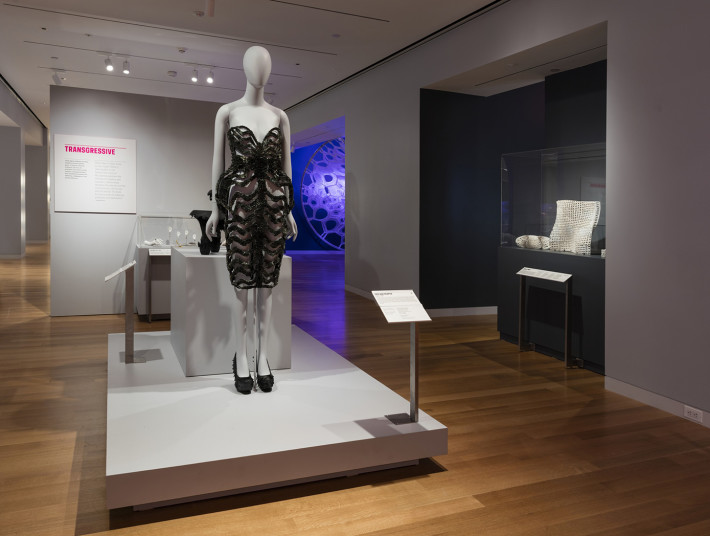
Installation view of “Beauty—Cooper Hewitt Design Triennial.” Photo: Matt Flynn. © 2016 Cooper Hewitt, Smithsonian Design Museum.
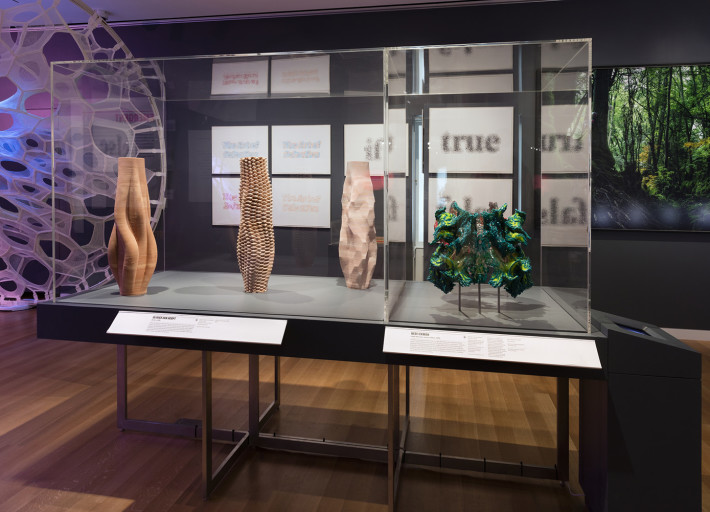
Installation view of “Beauty—Cooper Hewitt Design Triennial.” Photo: Matt Flynn. © 2016 Cooper Hewitt, Smithsonian Design Museum.

Installation view of “Beauty—Cooper Hewitt Design Triennial.” Photo: Matt Flynn. © 2016 Cooper Hewitt, Smithsonian Design Museum.

Installation view of “Beauty—Cooper Hewitt Design Triennial.” Photo: Matt Flynn. © 2016 Cooper Hewitt, Smithsonian Design Museum.
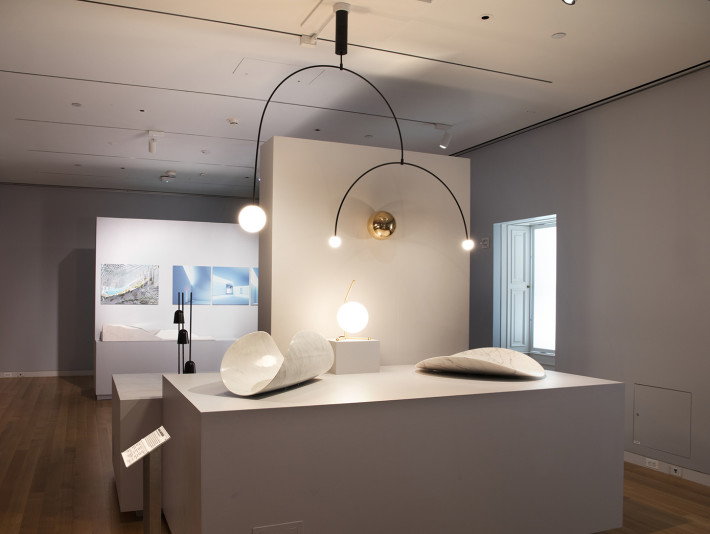
Installation view of “Beauty—Cooper Hewitt Design Triennial.” Photo: Matt Flynn. © 2016 Cooper Hewitt, Smithsonian Design Museum.
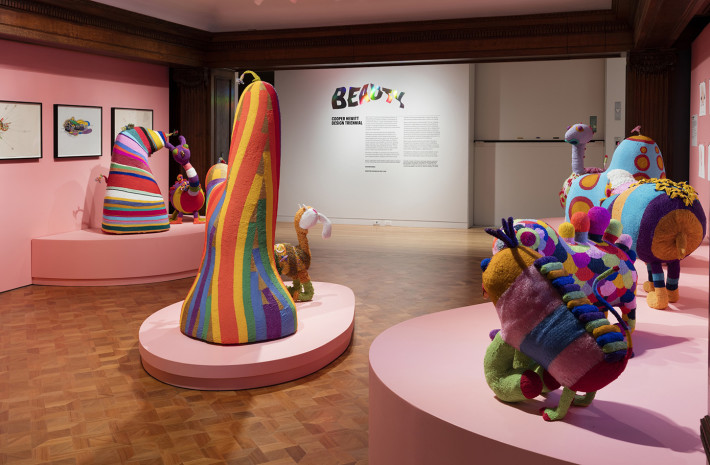
Installation view of “Beauty—Cooper Hewitt Design Triennial.” Photo: Matt Flynn. © 2016 Cooper Hewitt, Smithsonian Design Museum.
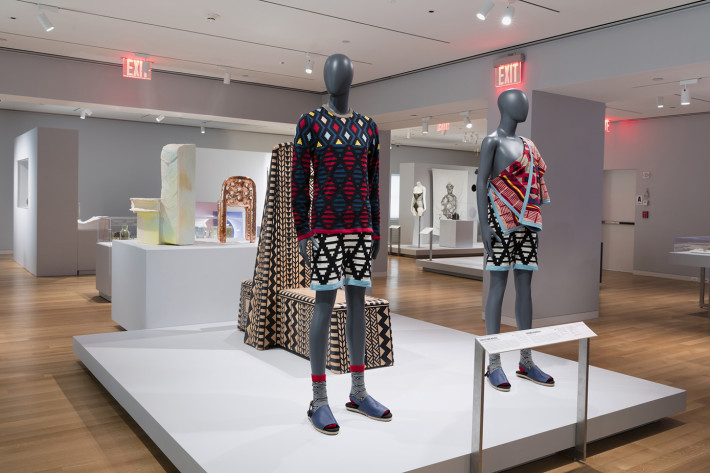
Installation view of “Beauty—Cooper Hewitt Design Triennial.” Photo: Matt Flynn. © 2016 Cooper Hewitt, Smithsonian Design Museum.
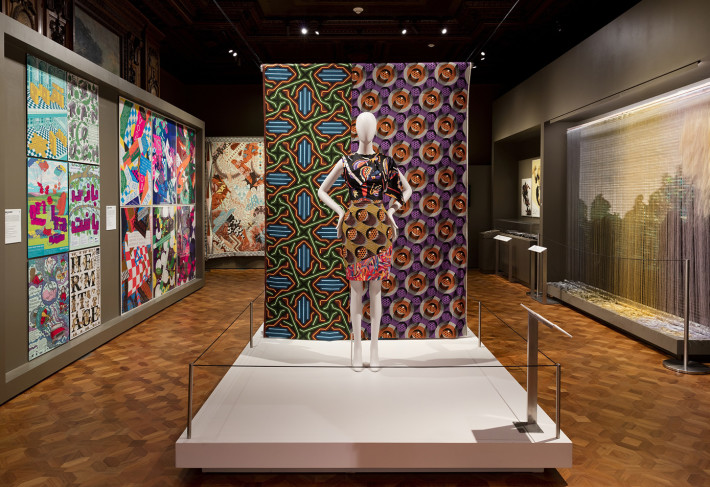
Installation view of “Beauty—Cooper Hewitt Design Triennial.” Photo: Matt Flynn. © 2016 Cooper Hewitt, Smithsonian Design Museum.

The Haas Brothers (Nikolai Haas and Simon Haas) with The Haas Sisters of Monkeybiz, Al-Gorilla, Eye-sik Newton, Neil Tongue, Bill Nyeland, Isle Be Back, and Fungulliver, from the Afreaks series, 2015. Monkeybiz is a nonprofit income-generating bead project founded in 2000.
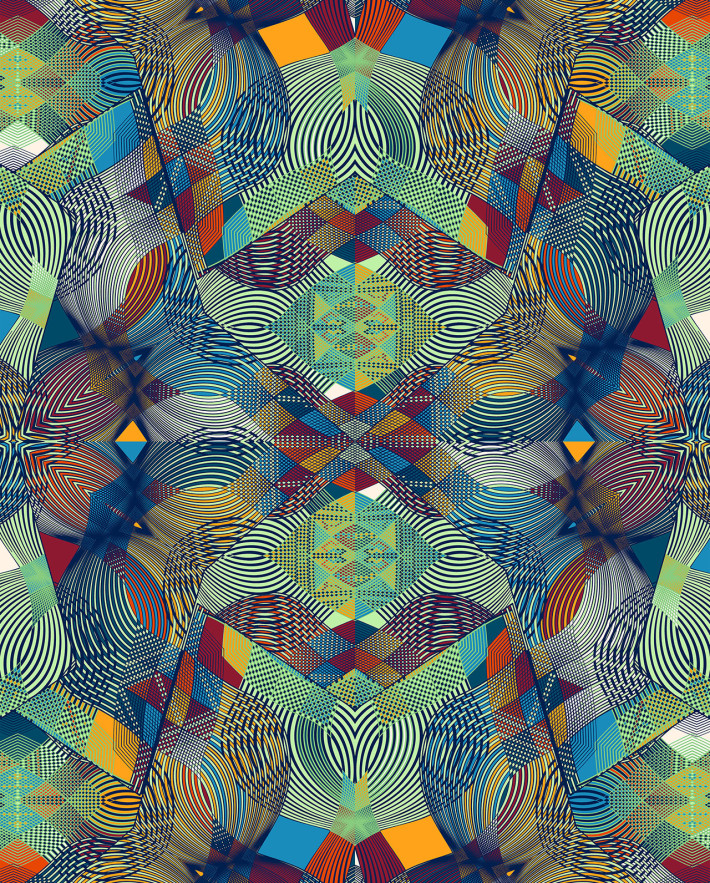
Vlisco, design by Francesca Franceschi; Textile, 5246/RW/3 Java, from the Think collection, 2015. © Vlisco Netherlands B.V.
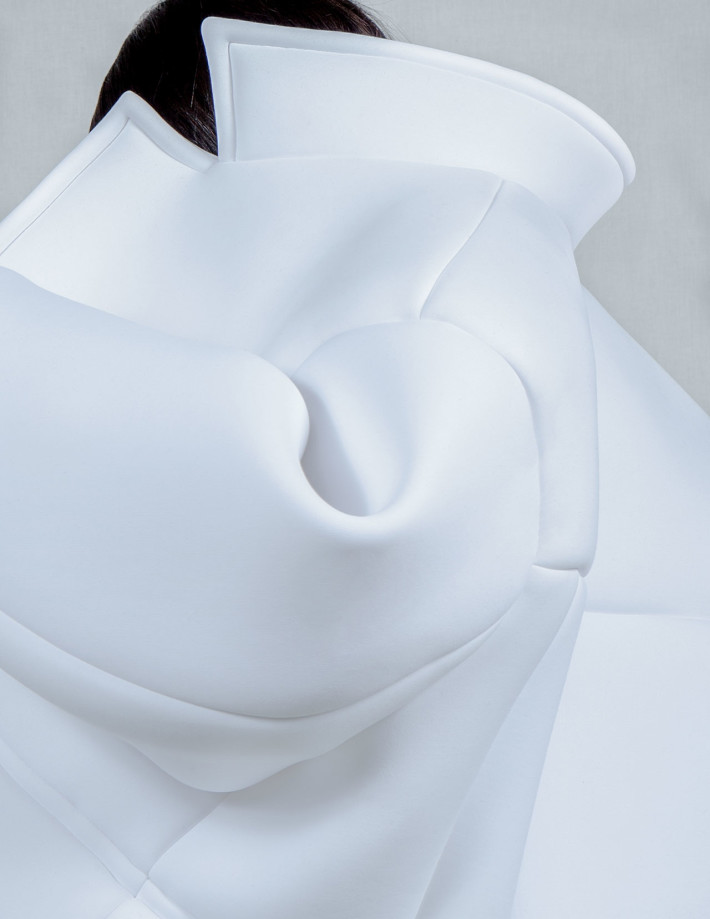
Melitta Baumeister, Jacket (detail), from Fall / Winter 2014. Ready-to-Wear collection, 2014. Neoprene. Featured in book; alternate object will appear in exhibition.
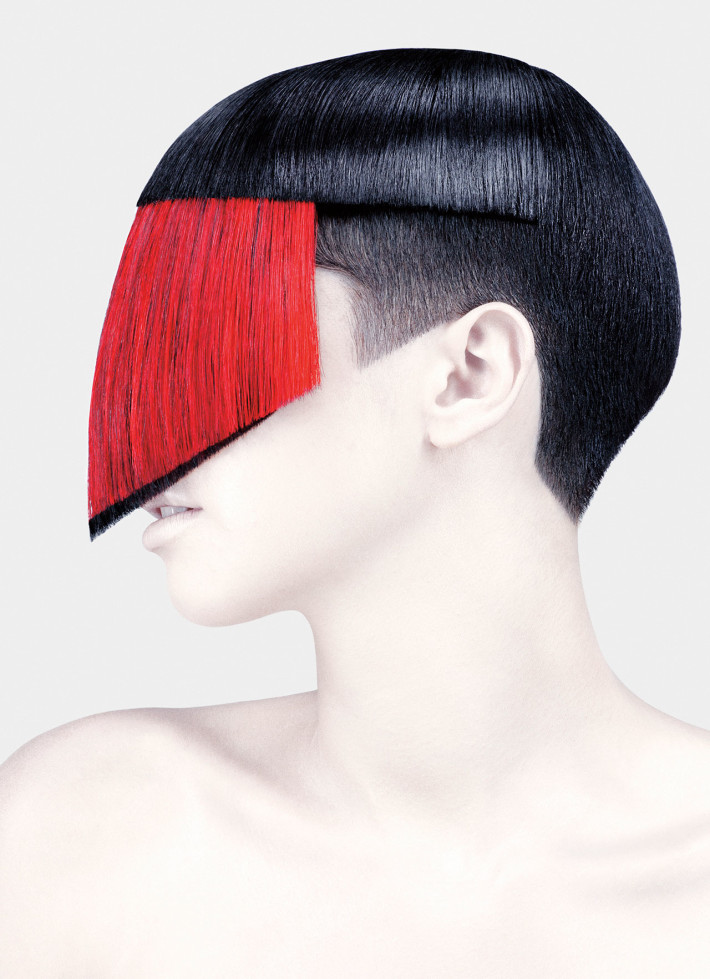
Hair styled by Guido Palau; Photographed by Fabien Baron; 2011. Featured in book; new work will be presented in exhibition.
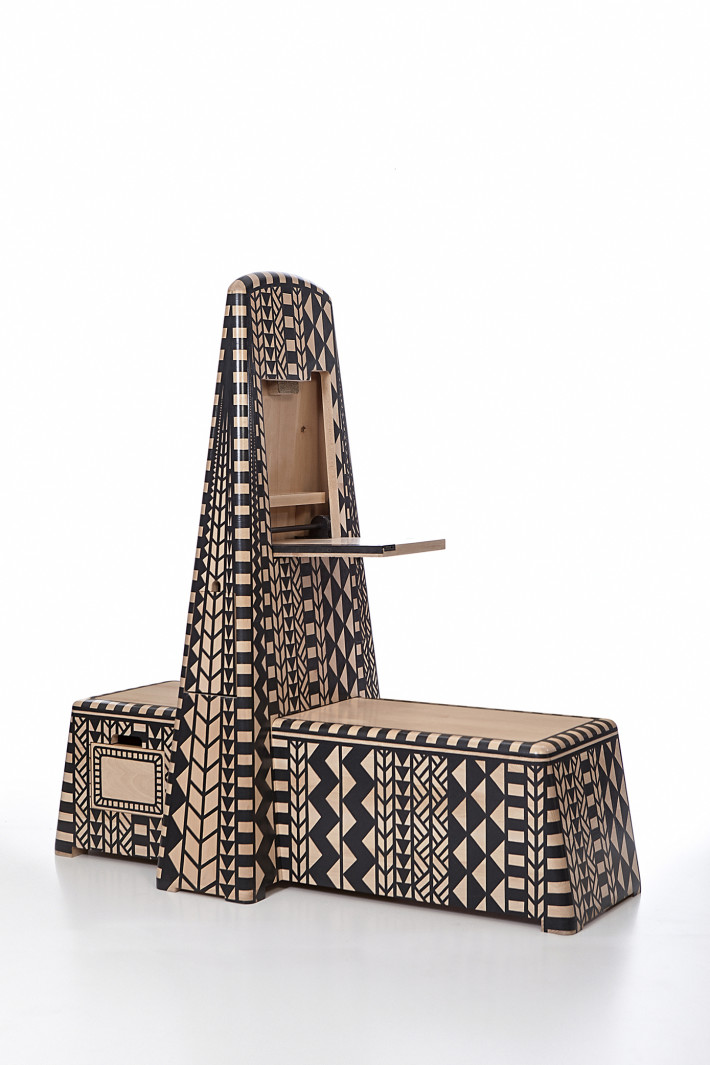
Dokter and Misses (Adriaan Hugo and Katy Taplin), Horseman bench, from Kassena Town series, 2015. Courtesy: Dokter and Misses.
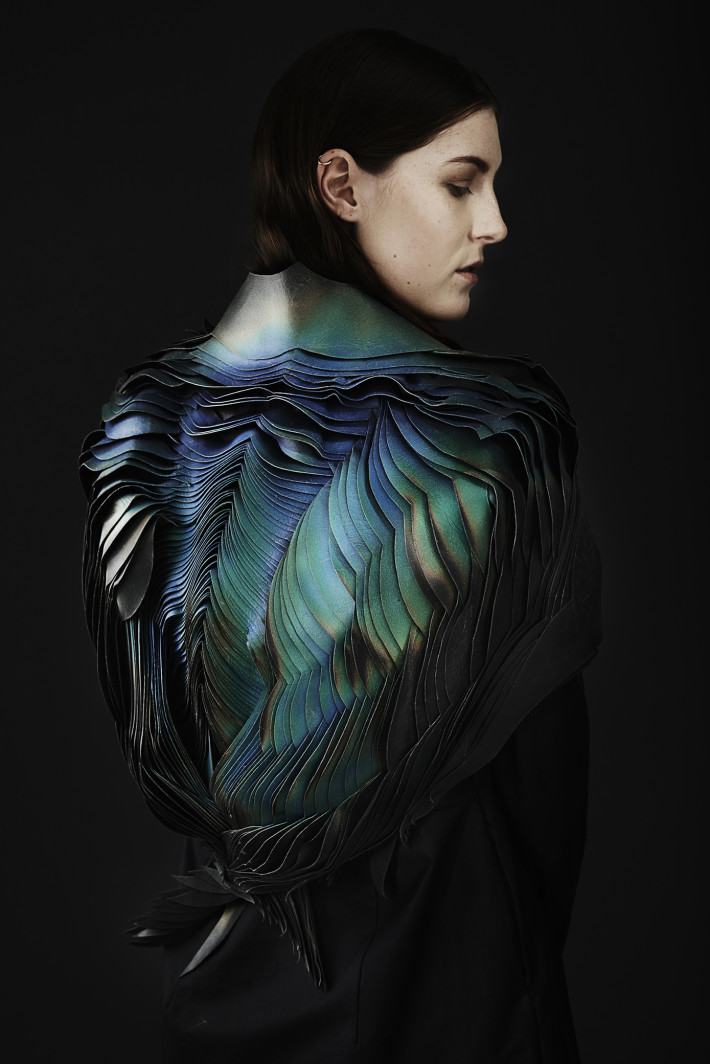
TheUnseen, Lauren Bowker, Jacket, from the AIR collection, 2014. Courtesy: Jonny Lee Photography. © TheUnseen.
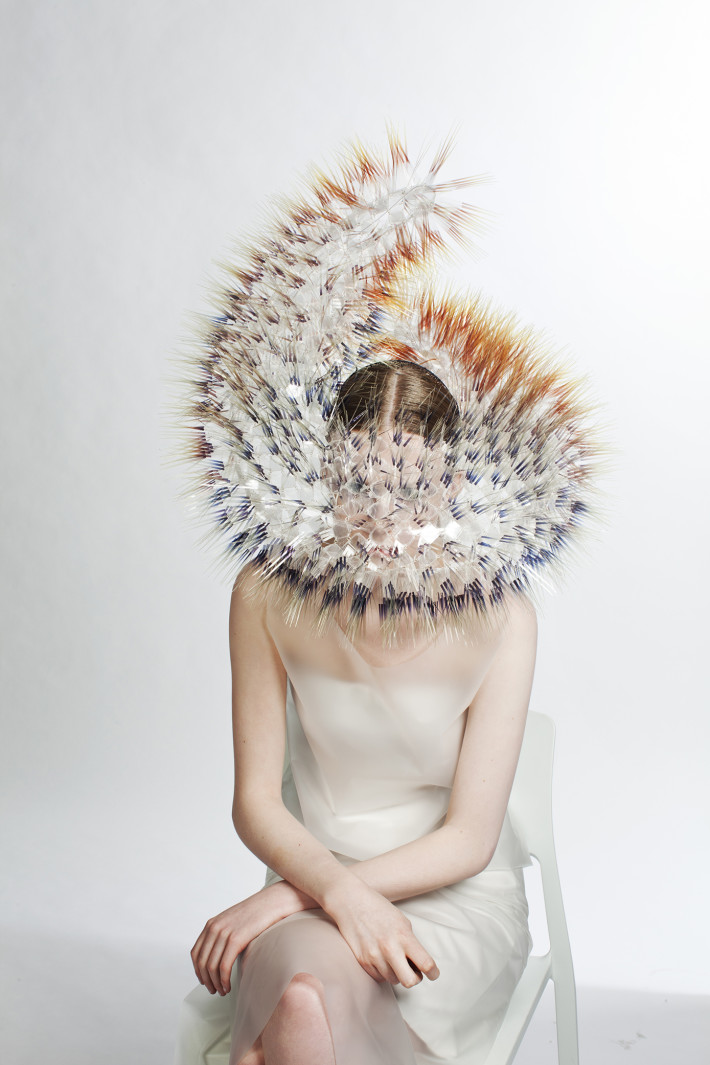
Maiko Takeda, Atmospheric Reentry series, 2013–14. Courtesy: © Bryan Huynh.
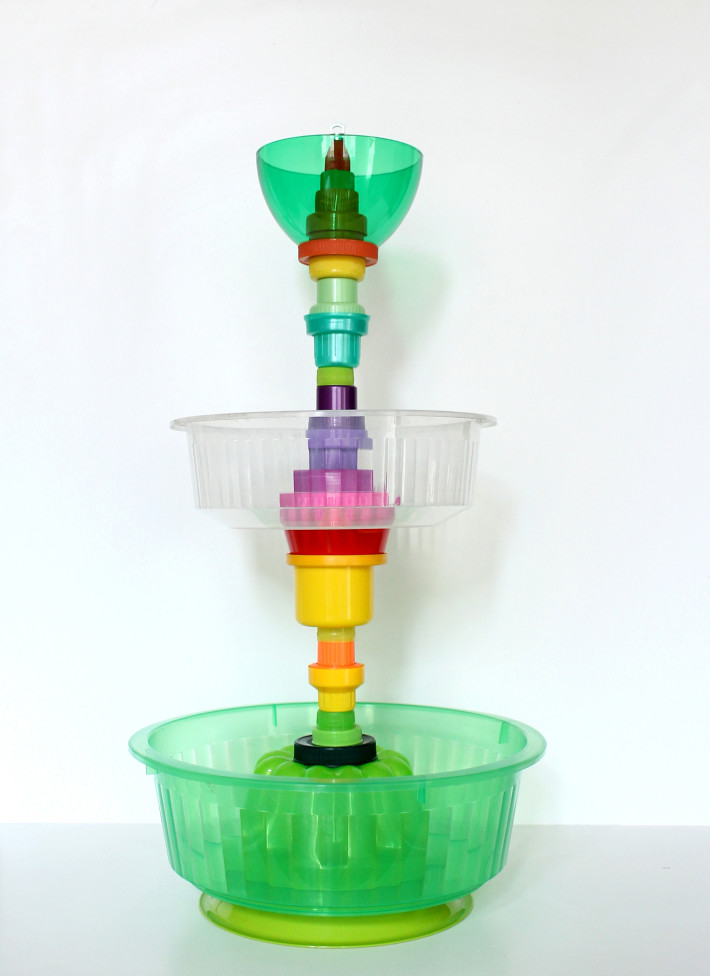
Brunno Jahara, Fruit bowl, from Multiplastica Domestica collection, 2012. Copyright: © Jahara Studio.
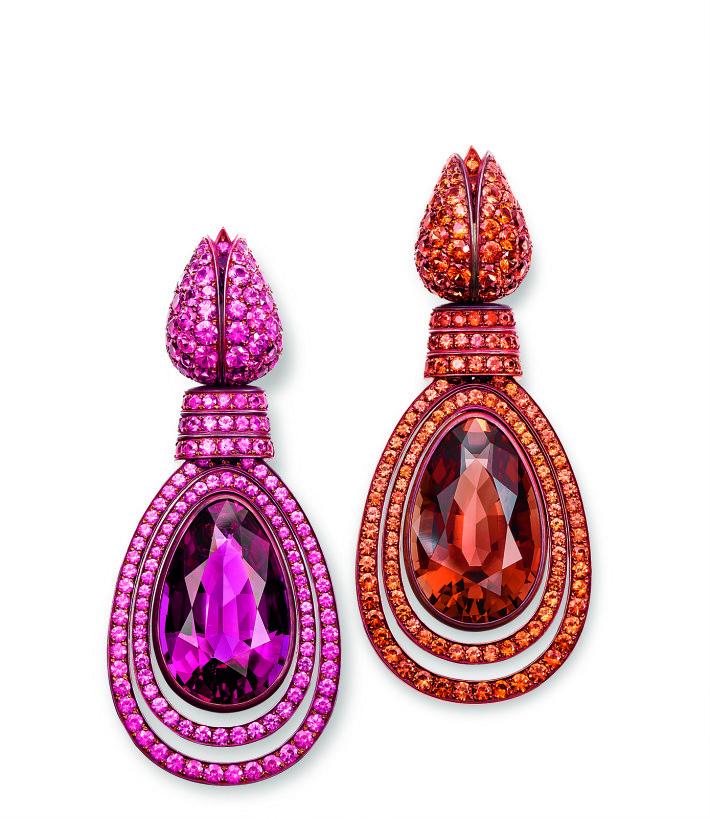
Hemmerle, Earrings, 2013. Courtesy: Cooper Hewitt.
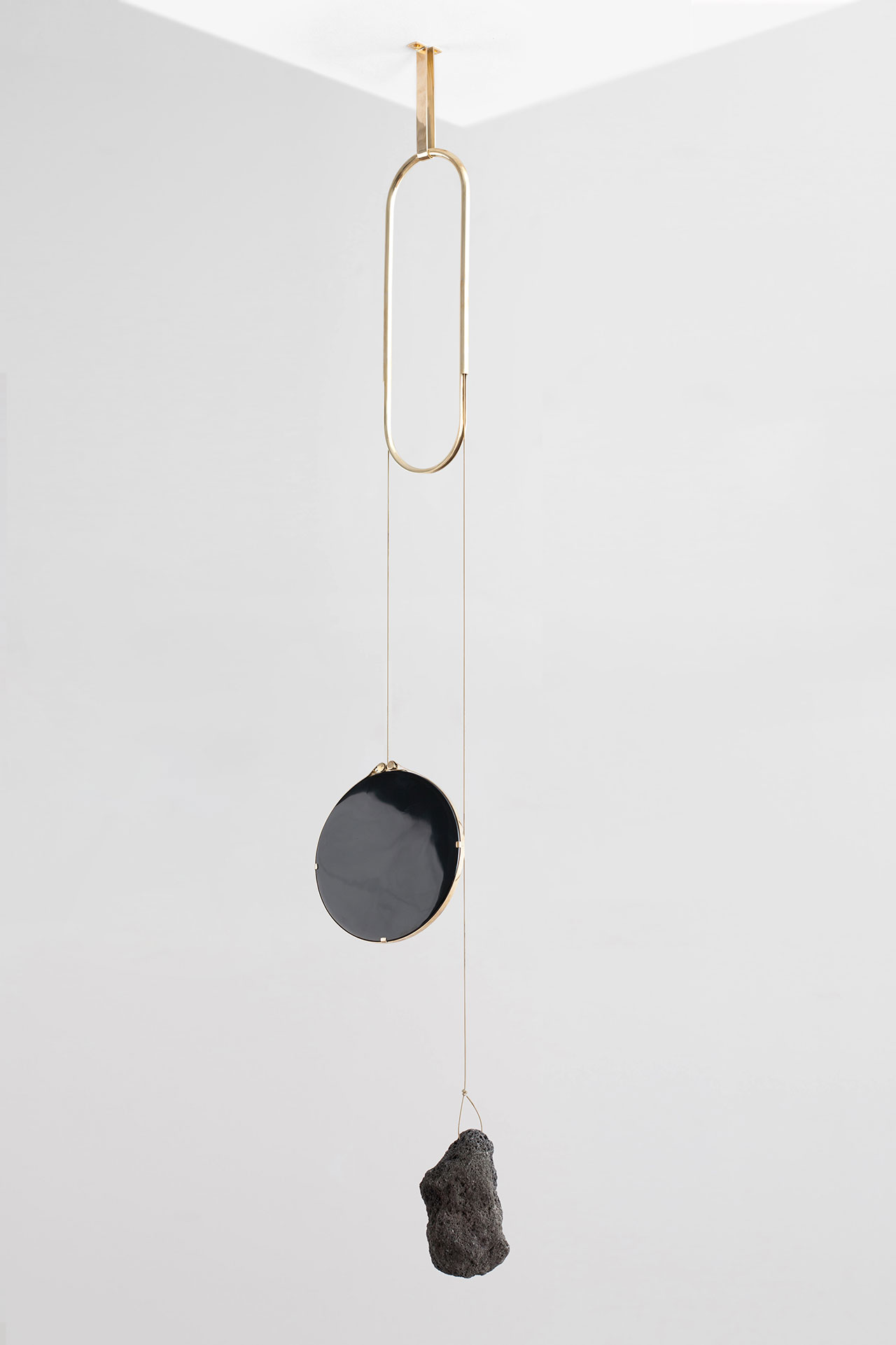
Formafantasma: Andrea Trimarchi and Simone Farresin for Gallery Libby Sellers, Iddu mirror, from De Natura Fossilium collection, 2014, Obsidian mirror, lava rock, brass. © Studio FormaFantasma.
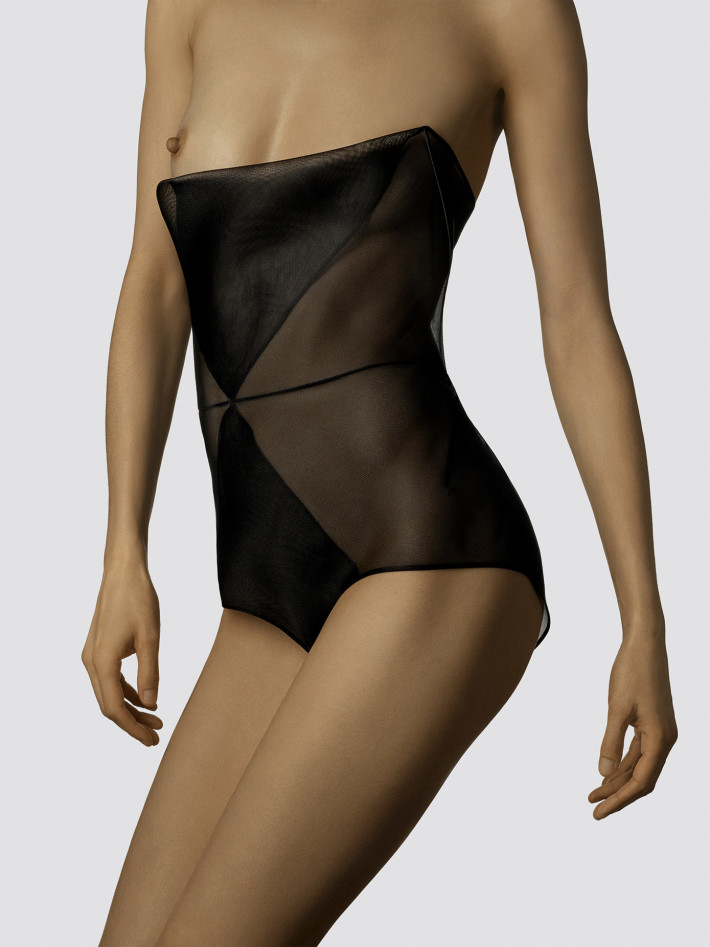
Jean Yu, Undergarment, 2015. Courtesy: Cooper Hewitt.